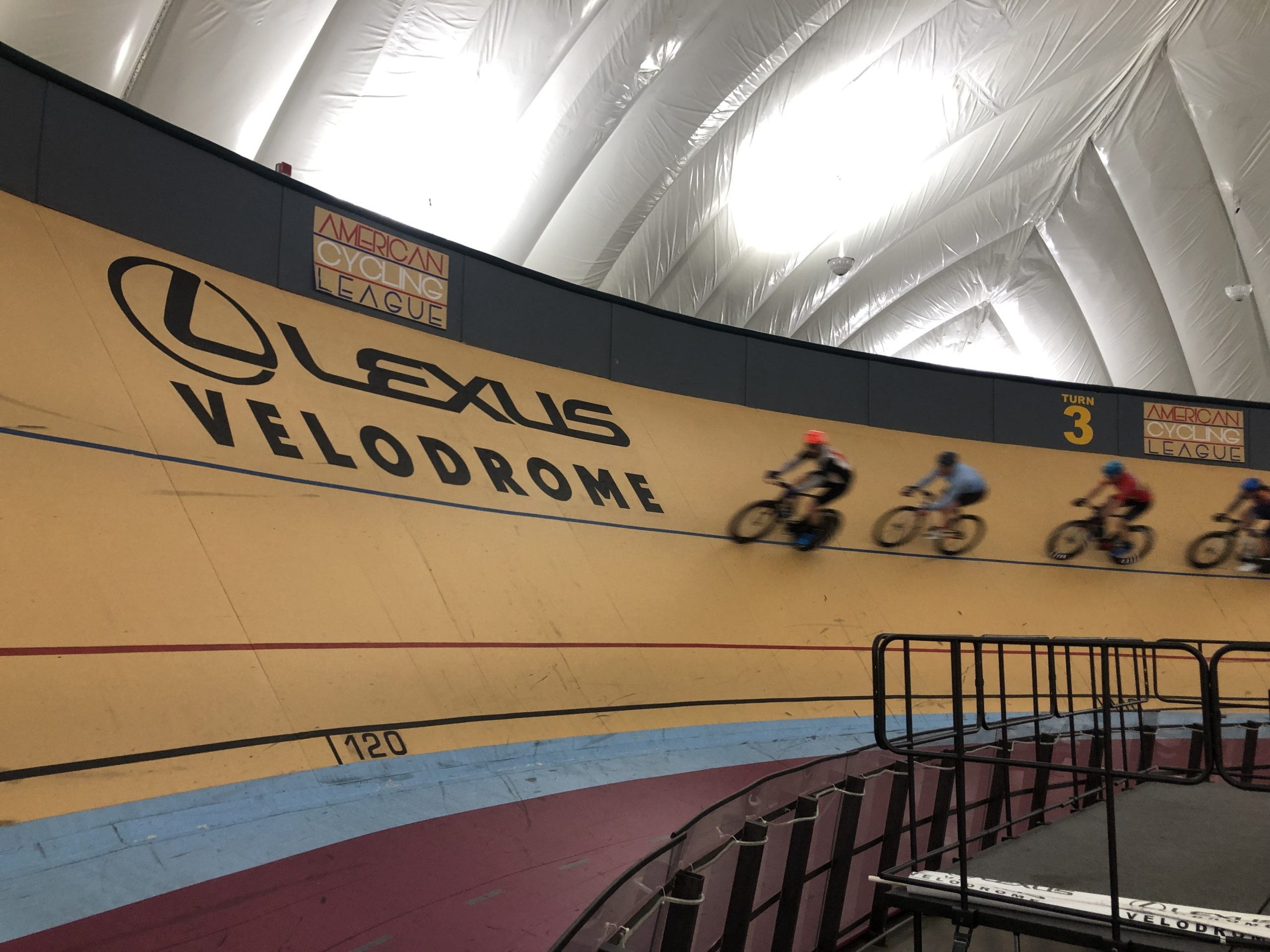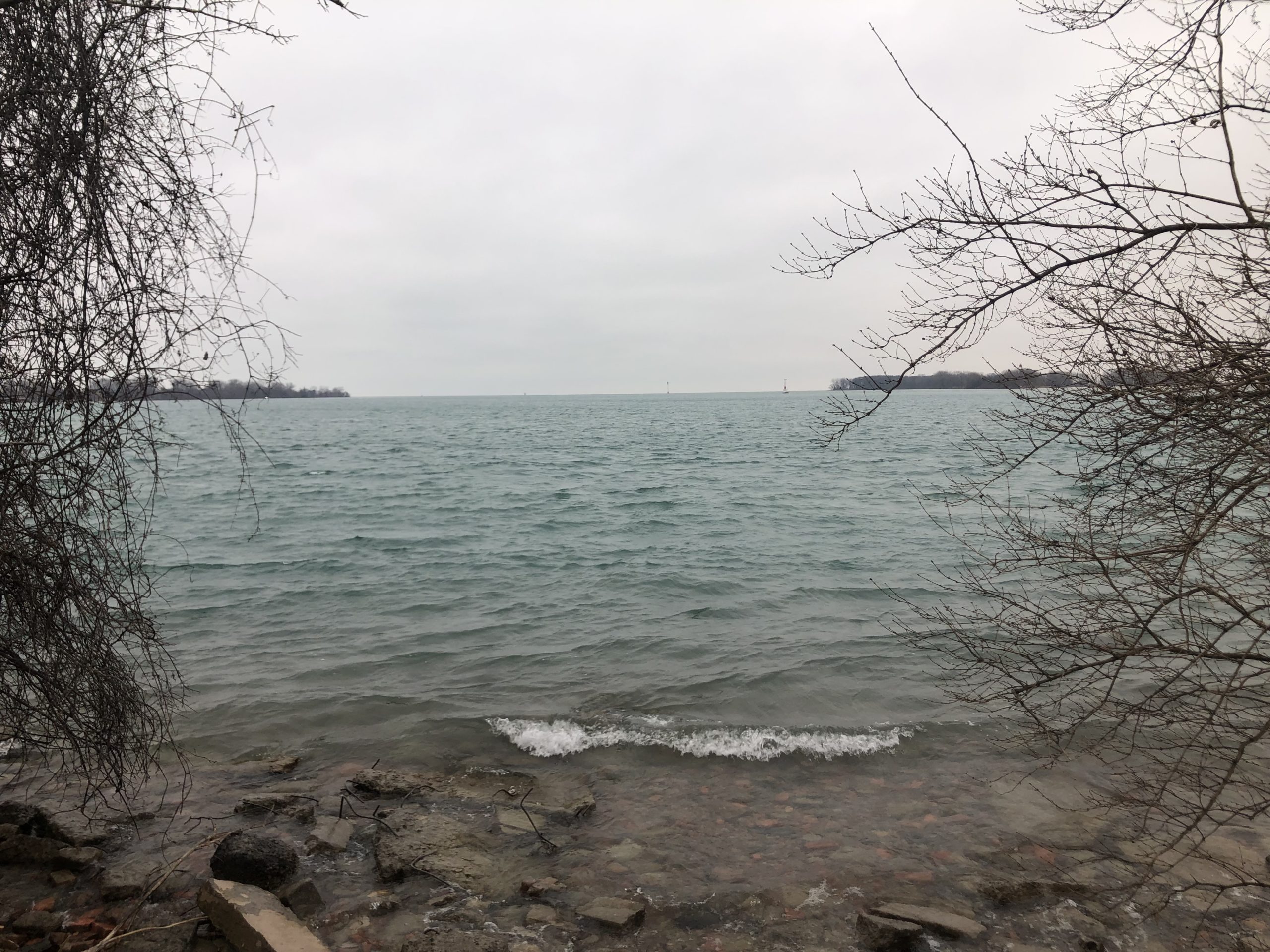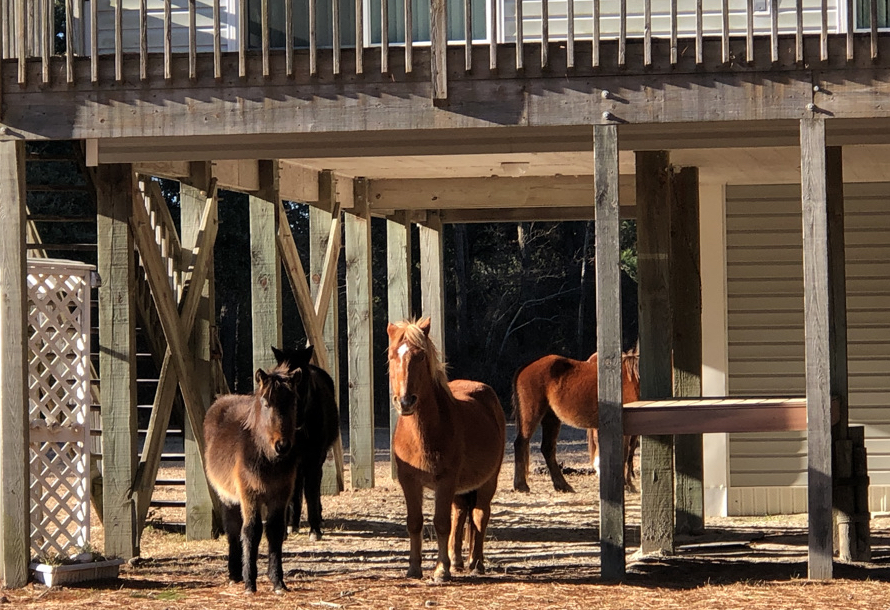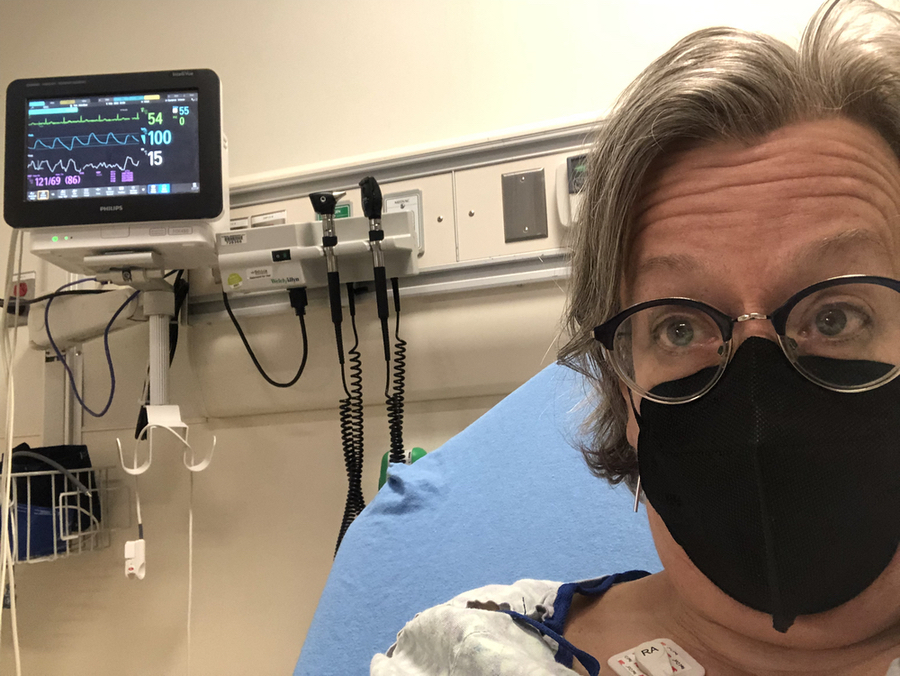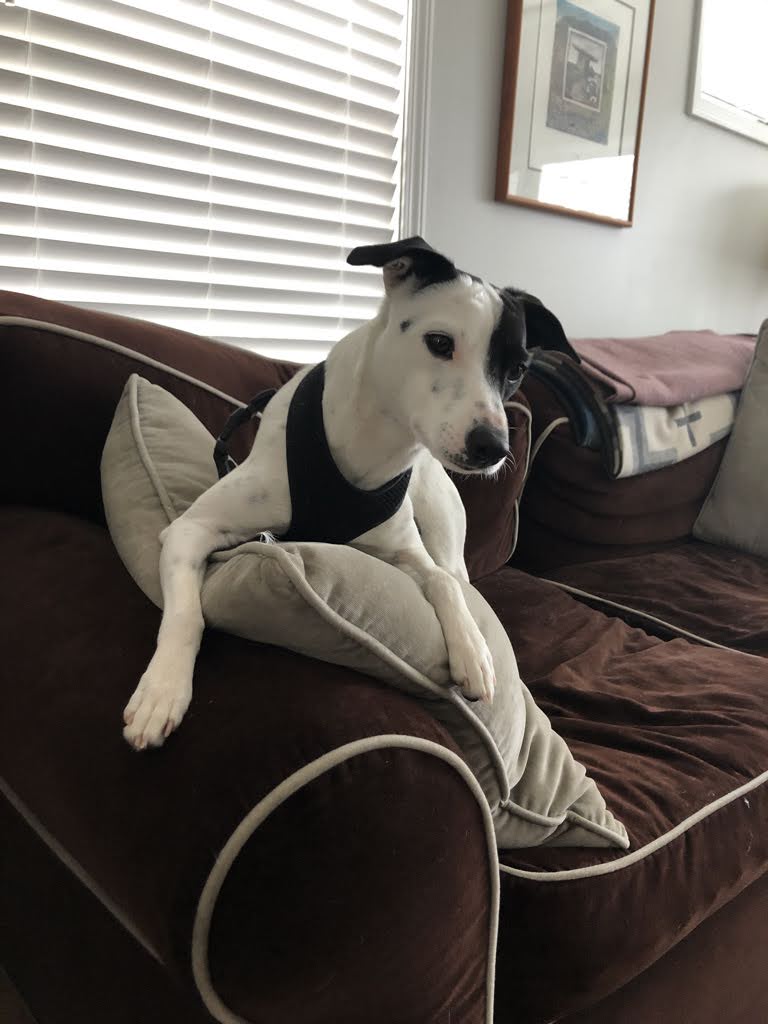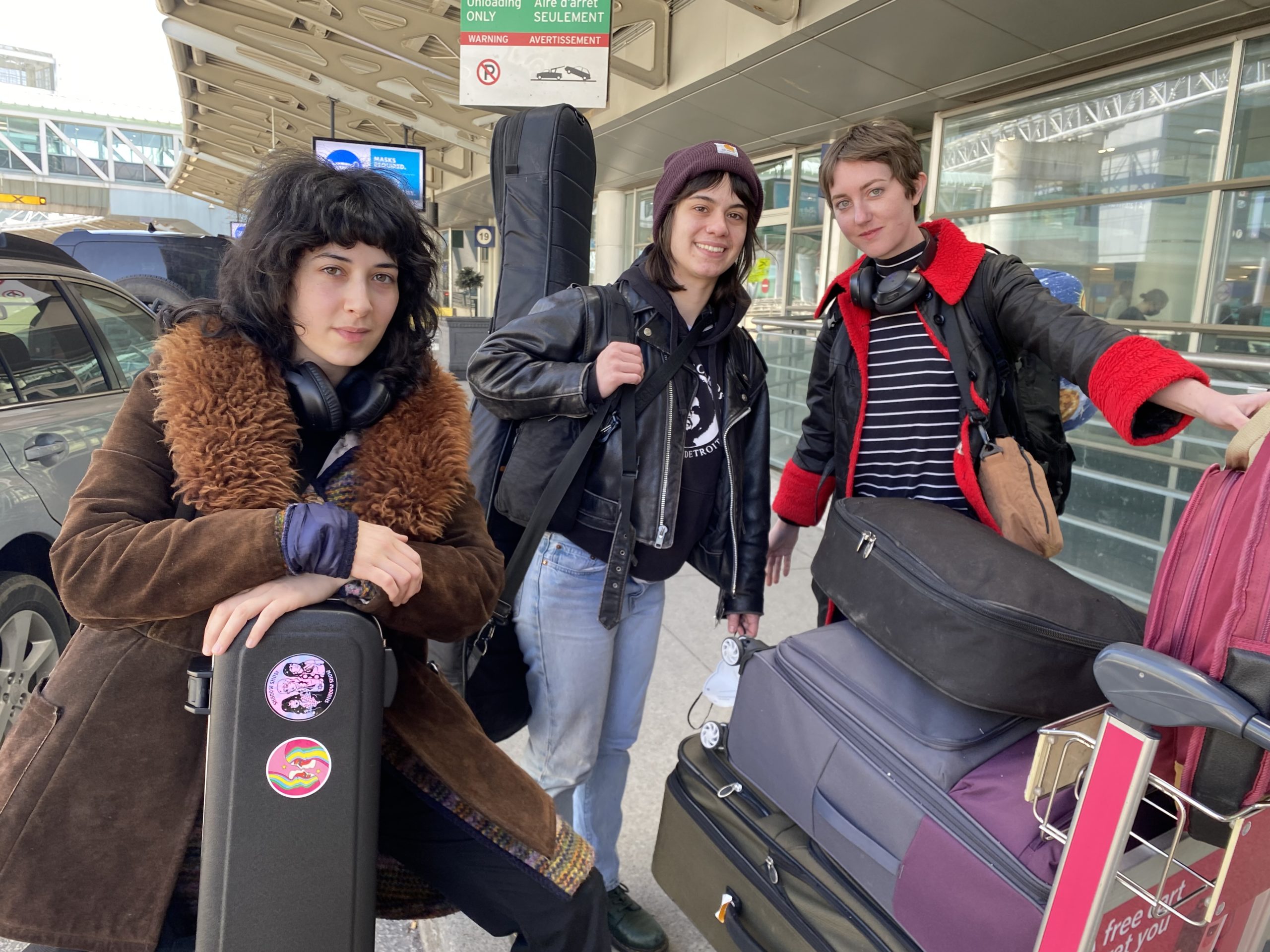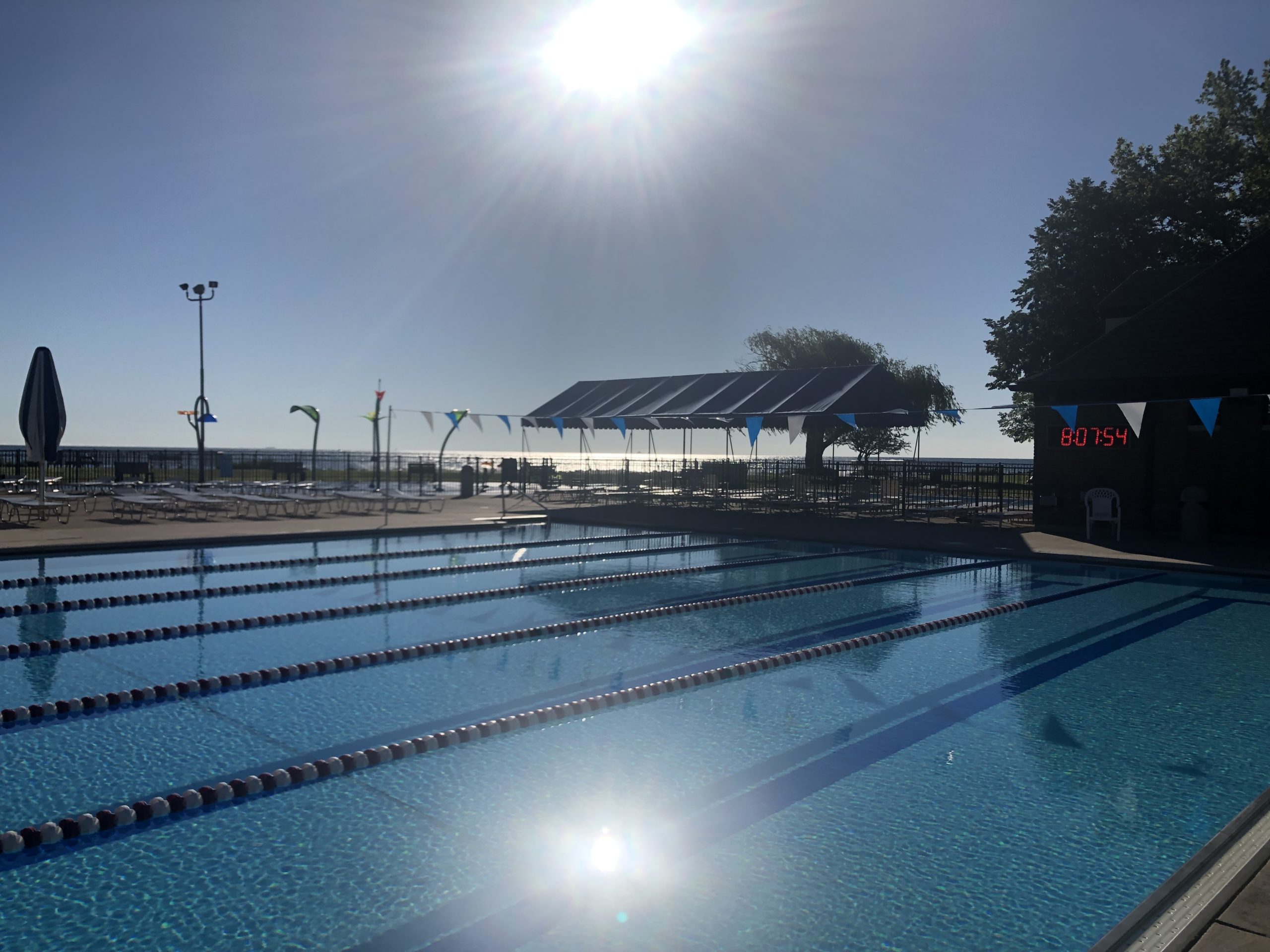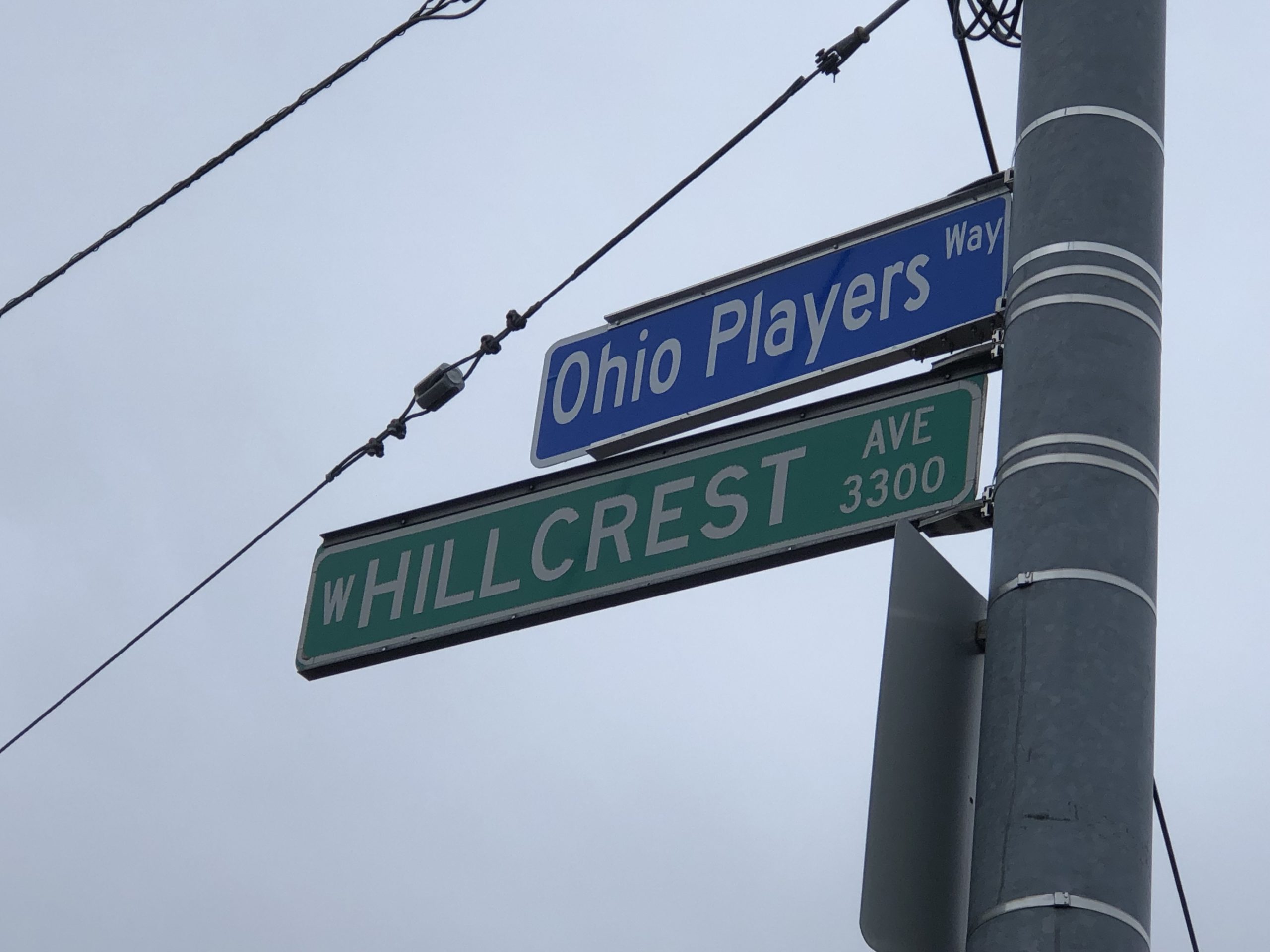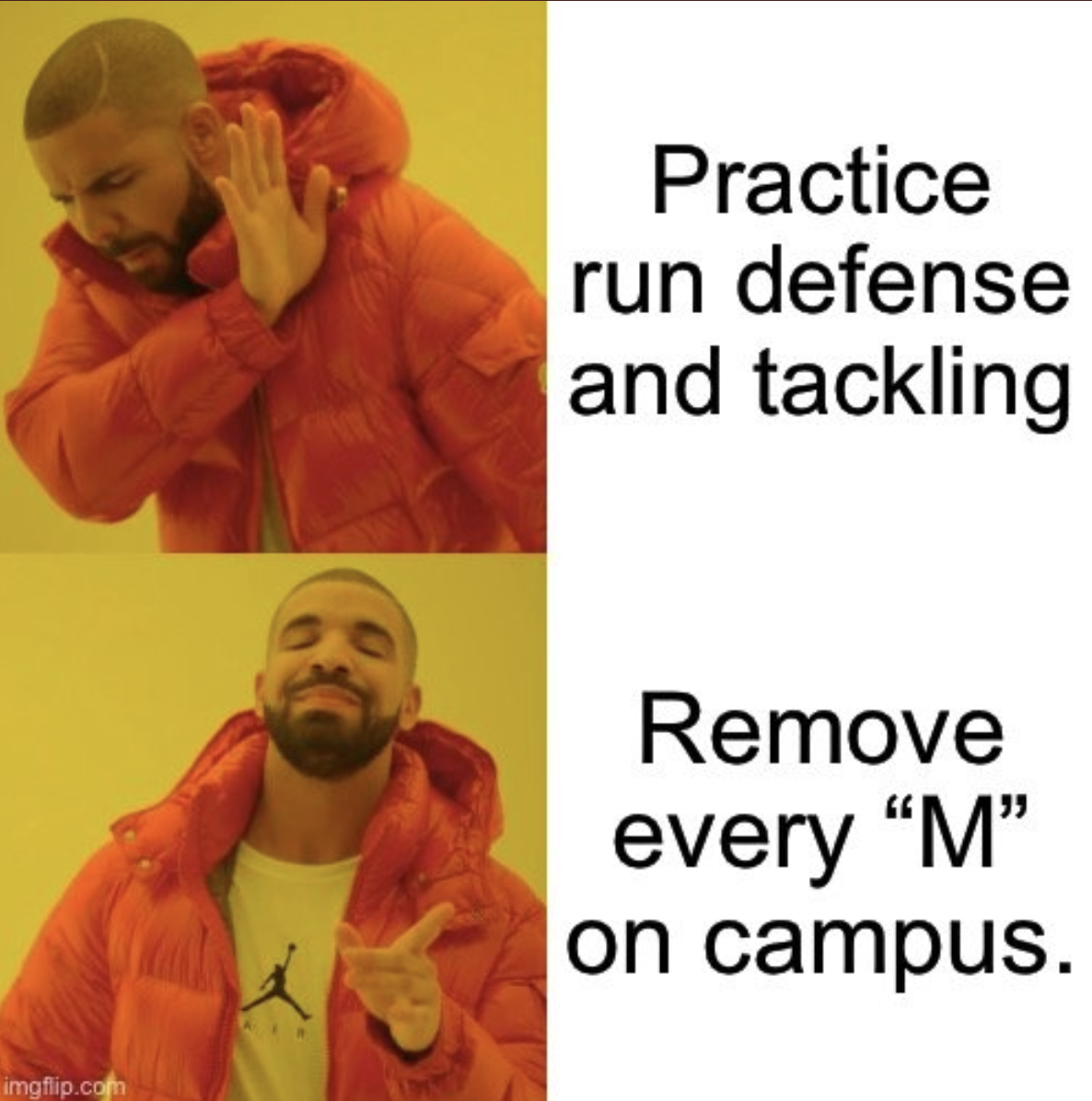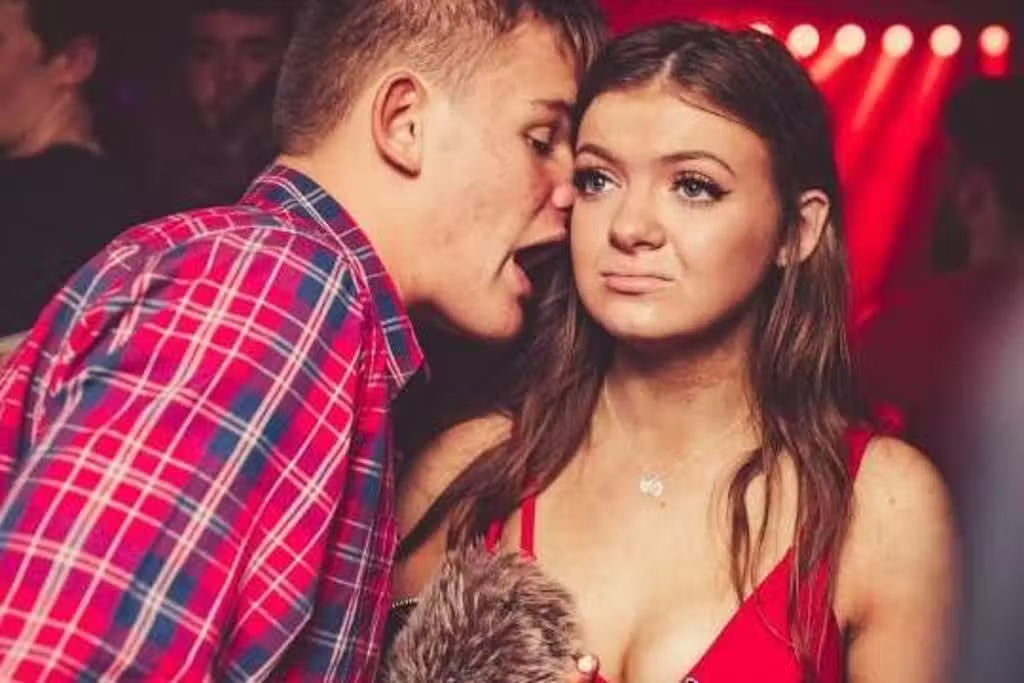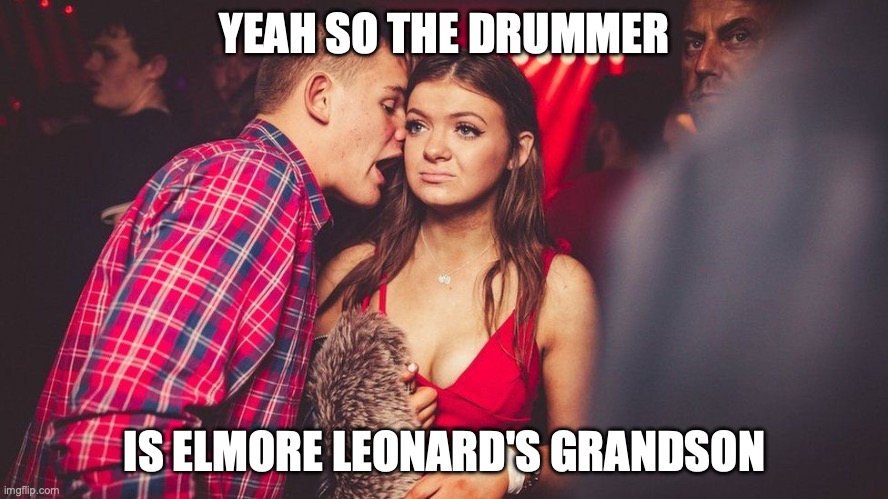Longtime readers know that my husband and daughter share a birthday, and it was yesterday. I usually make a meal and cake, but for two years now, we’ve met at a local restaurant and brought a bakery cake. And it’s been pretty great. We gave Kate a white-noise machine to help her sleep, and she gave Alan this:
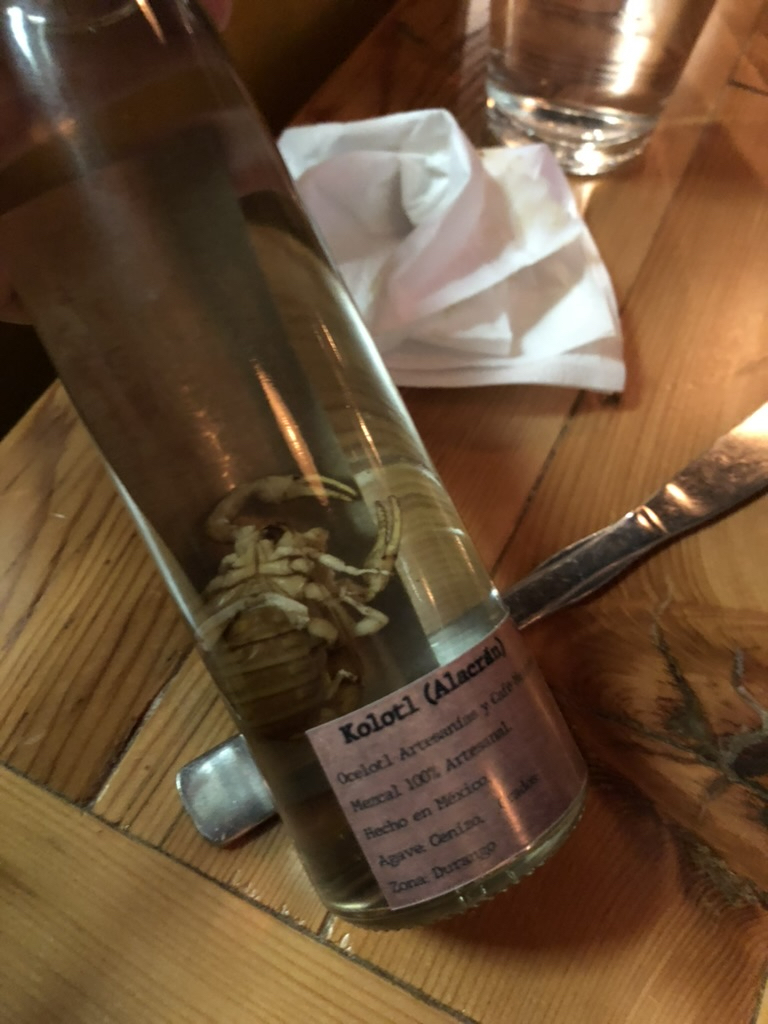
That’s a bottle of artisanal mescal with a scorpion in it. A scorpion for a Scorpio. Ha ha.
She bought it around Halloween, in Mexico City, where she and the band had a gig. Someone was asking how they’re doing? Pretty good. They just finished their second album, it’s mixed and mastered, and they’re looking for a lawyer/manager/agent, all that crap. Kate continues to play in a second band, GiGi, and they’re opening for Protomartyr tomorrow night, and if you don’t know those names, well, you don’t live here and haunt the half-dozen or so venues where bands like them play.
And man, for some reason it’s been a bit of a week, probably because I went to Canada for two days at the beginning of it. When I got back, I realized I’d have a buttload of stuff to do, and it was all complicated by sudden-onset, near-crippling lower back pain. To all you armchair physicians: I doubt it’s a disc. I just woke up feeling like the Tin Man, so sore that if I’d dropped a $100 bill, I’d have let the wind take it rather than try to pick it up. Today I forced myself to swim 45 minutes, and everything seemed to loosen up a tad. Walked the dog, got another tad out of it. And now I feel 42 percent better.
Personally, I think it’s my body getting cheeky. Just a couple of weeks ago, I said to myself, “It’s funny. I never get headaches and I rarely get backaches. Two days later, a days-long headache and now this. I had to see my doctor on another matter and told him about my headache. He felt the back of my neck and said it was like kneading walnuts and suggested a massage. Perhaps I should spend retirement investigating alternative medicine treatments, getting a little more Woo about the old bod. Acupuncture, massage, infrared saunas.
But enough about me.
I’m not a subscriber to Business Insider and won’t become one, but you can get the gist of this story from the Twitter thread: Put simply, a tech-centric version of the evangelistic “quiverfull” movement is quietly trying to fill the earth with their self-determined genetically superior offspring.
I’m so old — how old are you? — I’m so old that this reminds me of the Nobel laureate sperm bank that one of these literal wankers put together in the ’70s, correctly sensing that large number of women would grow weary of singles’ bars and would seek to become single mothers by buying a shot at a clinic somewhere. As I recall, this literal wanker managed to get three of them (Barack Obama had yet to win, dammmmmn guuurrrrl), but the place had gone limp (sorry) by 1999. New York magazine tells us:
In 2001, journalist David Plotz began an investigation for Slate into the donors of Graham’s clinic, and what had happened to their prized semen. (He riffs that he earned the nickname the Semen Detective, and later published a book on it, titled The Genius Factory). All in all, not a single baby ended up inheriting Nobel DNA, yet 217 kids in total were born from the sperm bank. Each donor was identified in sperm-bank catalogues by a color — fuschia no. 1, for example, or coral no. 36. After Plotz put out his call on Slate, he began publishing articles like “A Mother Searches for ‘Donor White,’” connecting with kids looking for their dads, as well as starting to reach the men who had donated to Graham’s sperm bank.
What he discovered was that just a few of the donors had produced a whole lot of offspring; for instance, one donor had produced as many as 30 kids, and that was just the ones Plotz knew about. He also found that the donors had been kind of a mixed bag. One man had falsely gotten into the bank by claiming to have an IQ of 160; another was the unremarkable son of a Nobel Prize winner; another was an Olympic gold medalist. As it turns out, after he failed to get the Nobel-winning sperm he sought, Graham began searching for donors on college campuses and recruiting young scientists, as well as hunting for “Renaissance men … donors who were younger, taller, and better looking than the laureates.” (In keeping with the sperm bank’s eugenicist legacy, all of the men were white). By the mid-1980s, Graham was accepting pretty much anyone who volunteered. “Forget about Nobel laureates; the Nobel sperm bank was taking men you wouldn’t wish on your ex-girlfriend,” Plotz writes. Ultimately, the sperm bank became kind of a scam, with women continuing to seek its services based on an illusory reputation that it couldn’t live up to.
If you’re still wondering whether you can get your hands on any of this mystery sperm, I’m afraid you’re out of luck; the bank closed in 1999, shortly after Graham’s death, and the frozen vials of sperm were incinerated.
Maybe humanity is getting dumber. After all, we dreamed up this silliness. And as anyone my age could tell you, sooner or later everything falls apart. And have you seen Elon Musk in a swimsuit? Eee-yikes.
OK, I think I’m going to call it a week. Happy weekend all, and let’s slide into the holiday weekend.


